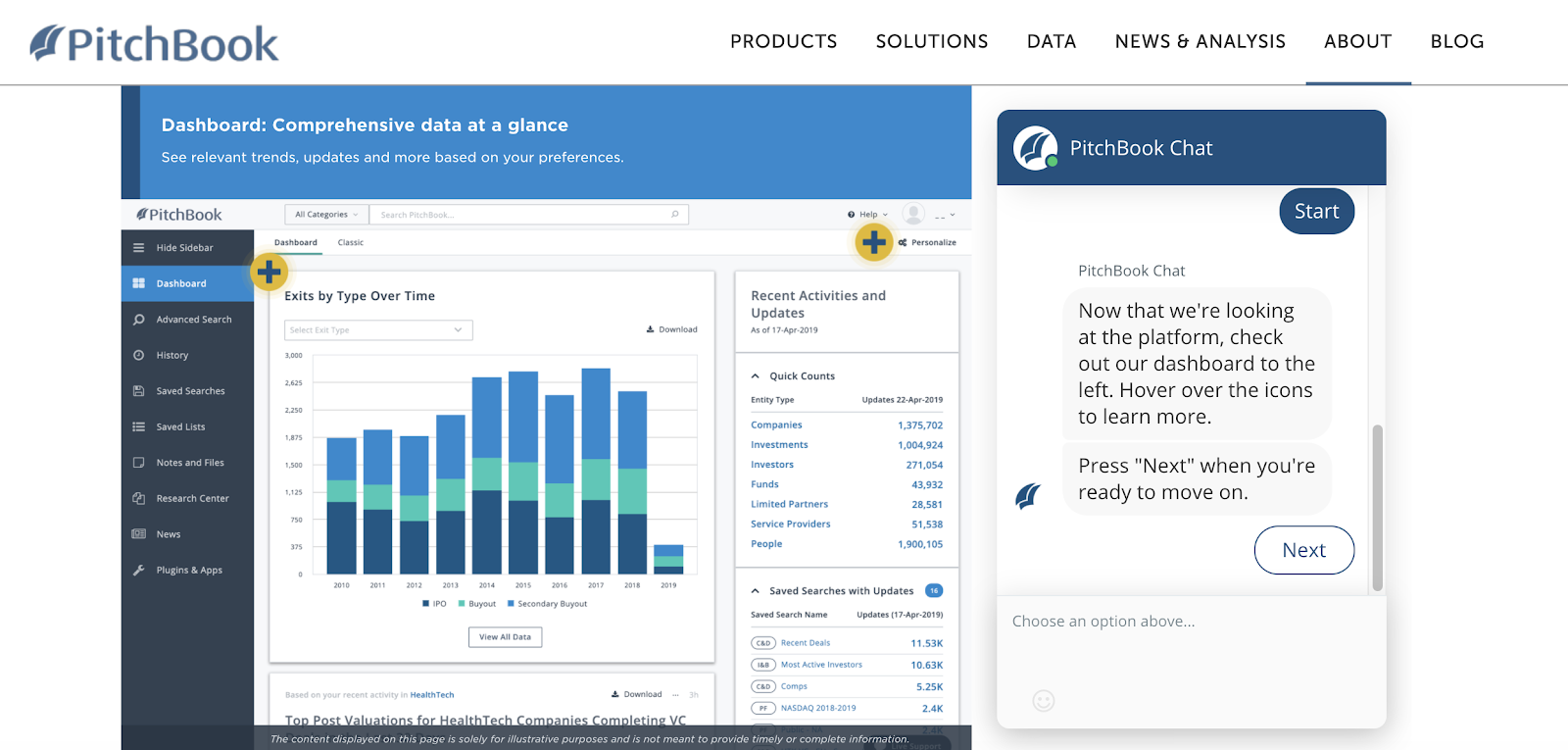Total Addressable Market (TAM) Resources
In order to build a Total Addressable Market (TAM) analysis, you need high quality market data. Fortunately, there’s more data available than ever before. But there's a catch: that data can be difficult to find, correlate with other supporting data, and apply it to your specific context.
To help guide your research, here are a few data sources you can tap into today.
Free Market Sizing Data Sources
Government Data
If you’re building a TAM model for the US market, the US Census Bureau is a great place to get an accurate count of every business by industry, size, and state. It’s not the easiest dataset to use, but it's comprehensive (each business in the country is counted once), reliable, updated annually (though it's a couple of years behind), detailed, and completely free.
Similar datasets exist for Canada (Statistics Canada), various countries in Europe, and the world (OECD), with varying levels of detail.
For employment-related data, check out the Bureau of Labour Statistics in the US. This will give you a breakdown of roles by industry if you are targeting specific users or buyers.
Last but not least, for financial or operational information from public filings, the US SEC is your go-to.
On a global level, UN Data delivers if you’re searching for population, education, price and production indices, trade, tourism and transport and more.
The International Trade Center (ITC) helps connect companies to small to medium sized businesses hoping to expand internationally, and offers (mostly free) market analysis tools to identify trade opportunities by product type and location. ITC’s Trade Map tool in particular aggregates statistics surrounding export performance, international demand, alternative markets and competitive markets, along with lists of import and export companies.
Paid Market Sizing Data Sources
If you need a deeper dive into specific target markets, private company details or financial information, these paid market sizing data sources give a level of detail (though not always accuracy) you won’t find in the free options above.
Startup and Technology Databases
For company level insights, financial information and industry trends, platforms like Crunchbase and AngeList offer data from public and private companies, including investment and funding information, mergers and acquisitions and more. The target market for these services are investors and entrepreneurs (who also help source the data) and deliver insights that some larger, more broadly focused research groups may miss.
Pitchbook, primarily used by investors, offers the widest range of ways to access data - be it via mobile, API or directly into an excel-ready format. The company gathers financial data across multiple sources and vets information with an in-house research team for accuracy.

ZoomInfo is largely recognized as one of the most comprehensive B2B lead intelligence platforms. Purchasing lists of leads or companies by vertical can be costly; however, the data offered is usually better researched and validated with the more expensive services. Consider this option also for the integrations they offer to augment market targeting and sales prospecting once your go-to-market plan is in place.
Market List Databases
List services, such as DMDDatabases.com, NAICS Association, SICCode.com, and others will sell lists of businesses and their NAICS or SIC codes. Every project is custom quoted, and it can get expensive to use this as market sizing data since you are paying for the lead details rather than a simple count of businesses. However, if you need to purchase a list of businesses in the verticals you identified, these can be great resources to start executing on your go-to-market strategy.
Market Sizing Software
Scalepath’s market sizing software includes granular business data by industry employment data by role, and much more. Because it’s focused on market sizing, it covers every company, is less expensive than sales and marketing or investment databases, and much more convenient than digging through endless public data and building your own model. You can find out more about the Scalepath Market Sizing software here.

Off-the-shelf market sizing reports
You can purchase market reports from a number of analyst firms, including Gartner, Forrester, IDC, and others. These reports can provide good insight into the overall market size (typically a top-down model) and trends in an industry, but they don’t replace building a bottom-up model specific to your company, product, and market.
If purchasing an off the shelf report for market sizing data, look around for industry specific research platforms and reports (example: HolonIQ for global education market analysis) to narrow in on your targets. IbisWorld can be helpful for specific industries (and they map to the same NAICS codes as US Census Bureau and Stats Canada), but you may need to wrangle multiple reports to get to your true market, and may not be able to get specific enough.
One caution, though: off the shelf reports promise insights, but they are fairly generic by nature. You'll need to translate these reports to your specific context.
Next Steps for Market Sizing
Finding reliable data continues to get easier over time, however defining your market still remains a somewhat messy and mysterious process.
For more details surrounding the process of calculating your TAM and understanding the various approaches to do so, check out our What is Total Addressable Market? post for sample calculations and an overview of the process.
If you’re ready to start gathering data or you’re just digging into your TAM, SAM and SOM, download a free market sizing template to help the process.




